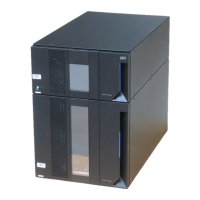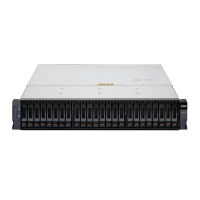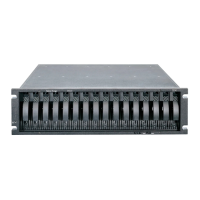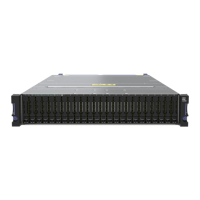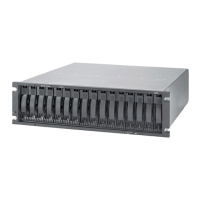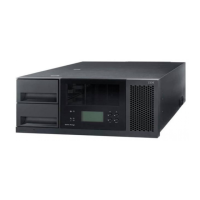Chapter 2. Introduction to IBM Flex System V7000 Storage Node 69
2.5.13 Real-time Compression (RTC)
With the IBM Flex System V7000 Storage Node, there is a capability to create a volume as a
compressed volume type. With this type of volume, storage capacity needs can be lowered by
as much as half. IBM Flex System V7000 Storage Node RTC function is based off of the
same proven Random-Access Compression Engine (RACE) as the IBM RTC Appliances.
With compression, storage growth can be curbed and need for additional storage purchases
can be delayed and spread out over greater periods of time. RTC dynamically works with
active workloads now compresses the data while it is being processed the first time.
To implement RTC, the volume must be created with compressed type selected. You cannot
convert a volume from uncompressed to compressed after creation. However, a compressed
volume can be a target of a volume mirror allowing the copying of the uncompressed volume
to a compressed copy.
The RTC is a feature that is licensed on an enclosure basis for the IBM Flex System V7000
Storage Node.
RTC resource needs should be considered when planning for the use of compression.
Resource requirements must come from someplace. Understanding the best balance of
performance and compression is an important factor to consider when designing a mixed
compressed environment.
RTC can be purchased to run on one control enclosure (I/O Group) of a cluster and not for
another allowing for shared environments to exist depending on need and providing
environments that meet the needs.
To gain insight of the what should be expected a tool has been created which can be used to
gather details and provide input on the workload type and pattern to show its level of
compressibility. An IBM tool called the Comprestimator can be used to analyze data gathered.
For more information about the usage and capabilities of this feature, see Real-time
Compression in SAN Volume Controller and Storwize V7000, REDP-4859, at the following
website:
http://w3.itso.ibm.com/redpieces/abstracts/redp4859.html?Open
2.5.14 iSCSI
iSCSI is an alternative means of attaching hosts to the IBM Flex System V7000 Storage
Node. All communications with external back-end storage subsystems, or other IBM virtual
storage systems must be done through a Fibre Channel or FCOE connection.
The iSCSI function is a
software function that is provided by the IBM Flex System V7000
Storage Node code, not hardware.
In the simplest terms, iSCSI allows the transport of SCSI commands and data over a TCP/IP
network, based on IP routers and Ethernet switches. iSCSI is a block-level protocol that
encapsulates SCSI commands into TCP/IP packets and uses an existing IP network, instead
of requiring expensive FC HBAs and a SAN fabric infrastructure.
A pure SCSI architecture is based on the client/server model. A client (for example, server or
workstation) initiates read or write requests for data from a target server (for example, a data
storage system).
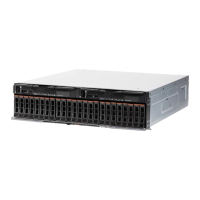
